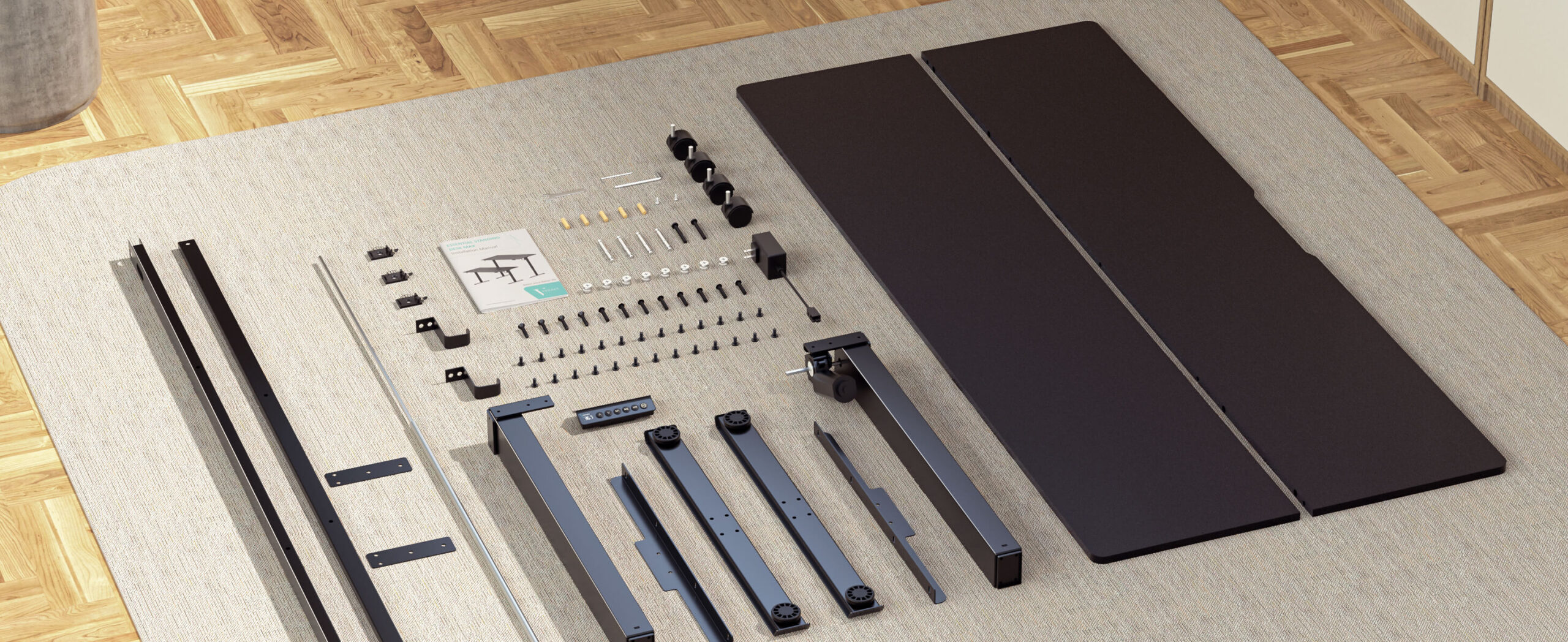It’s 2 p.m. Your back aches, your legs feel stiff, and that chair—once a symbol of comfort—has become a trap. If this sounds familiar, you’re not alone. Many office workers face this same issue: work-related injuries caused by sitting for prolonged periods. But there’s good news. Standing desks are stepping up to offer a solution to this growing problem.
We all know the dangers of sitting for hours on end. But how can a standing desk help? Let’s explore the benefits and the science behind this simple yet powerful tool.
The Hidden Dangers of Sitting Too Long
It’s easy to forget the toll sitting takes on your body. At first, it’s just a mild discomfort. Over time, it turns into chronic pain. Back pain, stiff shoulders, and tight muscles become a constant companion. Sitting for long hours forces your spine into unnatural positions. It compresses your discs, strains your muscles, and slows circulation. Eventually, this leads to serious health issues—everything from nerve damage to increased risk of cardiovascular diseases.
So, what can you do? The answer might just be standing. Not standing all day, but alternating positions. That’s where the standing desk comes in.

Why Standing Desks Are the Answer
When you stand, your spine can maintain a natural curve. No more slouching or hunching forward. As a result, the pressure on your back and neck decreases significantly. Standing encourages you to engage your core muscles, helping support your spine and reduce the strain that sitting creates.
Moreover, standing allows you to stretch your legs and move your body. Blood flows more freely, and your circulation improves. The benefits aren’t just physical. Standing also helps to keep your energy levels up, preventing the fatigue that often comes with hours of sitting.
1. Improved Posture and Reduced Pain
By encouraging a more natural spine alignment, a standing desk can help correct poor posture. This leads to less strain on your muscles and fewer aches in your back, neck, and shoulders. You’ll no longer have to contend with that dull ache after a long day at the desk.
2. Preventing Repetitive Strain Injuries (RSIs)
Repetitive strain injuries (RSIs) are common among office workers. The constant typing, clicking, and reaching can lead to injuries in the wrists, elbows, and shoulders. Standing desks can help reduce the repetitive stress on your upper body by encouraging more movement. Rather than being fixed in one position for hours, your arms and wrists can move more freely, lowering the risk of RSIs over time.
3. Promoting Better Circulation
When you sit for long periods, blood circulation slows down. Your legs may feel heavy, and swelling can occur. Over time, poor circulation can lead to more serious conditions, like varicose veins or even blood clots. A standing desk helps promote healthy blood flow. The simple act of standing activates your leg muscles and helps move blood through your body more efficiently.
4. Weight Control and Better Metabolism
Prolonged sitting can contribute to weight gain by slowing your metabolism. When you stand, your body burns more calories. A standing desk helps you stay active throughout the day. You don’t need to stand all day long—just standing for a few hours can boost your calorie burn and prevent unwanted weight gain.
5. Improved Mental Focus and Energy
Sitting all day can drain your mental energy. It’s easy to feel sluggish or mentally fatigued after hours of sitting. But standing helps keep your mind sharp. It improves focus and enhances cognitive function. As your body stays active, your mind stays alert. With more energy, you’re able to maintain productivity throughout the day, and that means less stress and fewer injuries related to mental fatigue.
Best Practices for Using a Standing Desk
To get the most out of a standing desk, it’s important to use it properly. Simply standing all day isn’t the key. The goal is to find a balance between sitting and standing. Here are some tips to help:
-
Set Your Desk at the Right Height: The height of your desk should be adjusted so that your elbows are at a 90-degree angle and your screen is at eye level. This prevents strain on your arms, neck, and shoulders.
-
Alternate Between Sitting and Standing: Aim to stand for 15-30 minutes every hour. This will give your muscles a break while keeping blood flowing and preventing stiffness.
-
Use an Anti-Fatigue Mat: Standing for long periods can be tough on your feet. An anti-fatigue mat provides cushioning and support to make standing more comfortable.
-
Keep Moving: Standing still isn’t enough. Make sure to walk around, stretch, or change positions throughout the day to keep your muscles from stiffening.
The Bottom Line: Standing Desks Are Worth It
It’s clear that standing desks offer more than just a way to break up your day. They’re a proactive approach to avoiding work-related injuries. From alleviating back and neck pain to improving circulation and reducing fatigue, standing desks address many of the physical challenges of office work.
But remember: standing all day isn’t the answer. It’s about balance. Alternating between sitting and standing gives your body the movement it craves. If you want to improve your posture, boost circulation, and reduce the risk of injury, investing in a standing desk could be the best decision you make.
